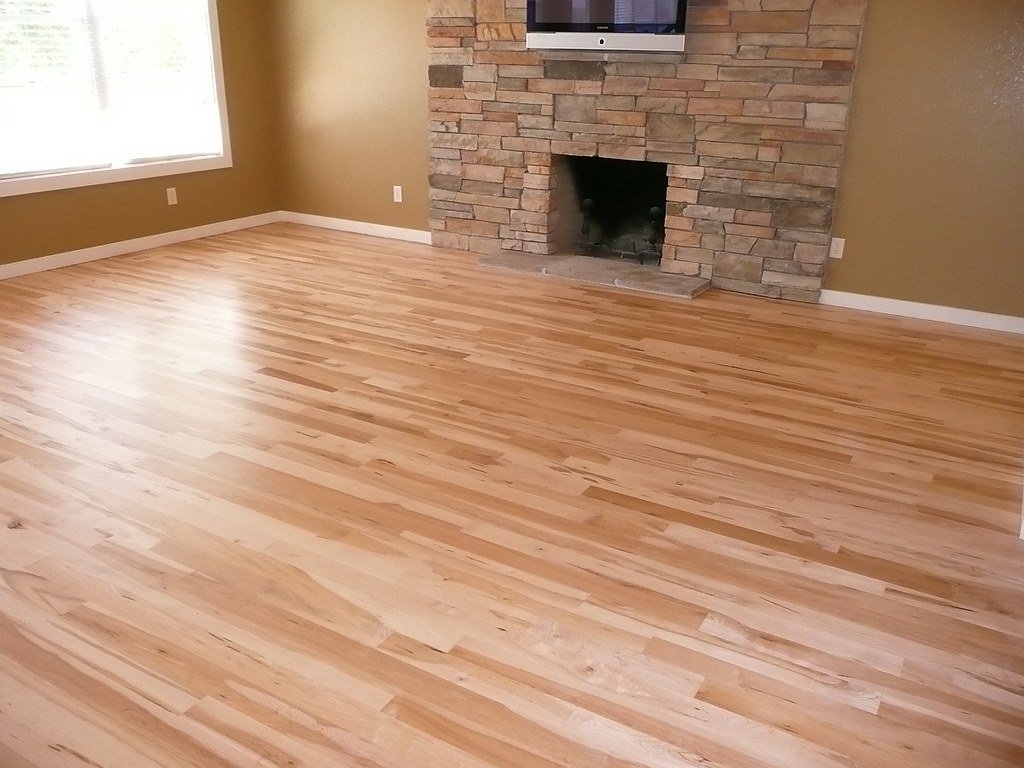You’ve finally decided to upgrade your space by adding a timber floor on concrete, but where do you start?
The process may seem intimidating at first, but fear not, as we’ll guide you through the essential steps to guarantee a successful installation.
From prepping the concrete subfloor to selecting the right timber flooring and executing the installation with precision, each step plays a vital role in the final outcome.
Here are some tips on how to lay timber floor on concrete and transform your space with a touch of elegance and warmth.
Preparing the Concrete Subfloor
To guarantee a successful timber floor installation, begin by thoroughly cleaning, drying, and leveling the concrete subfloor.
Any contaminants on the concrete surface must be removed to make sure proper adhesion of the moisture barrier and subsequent layers.
Conduct moisture testing to determine if the concrete subfloor meets acceptable moisture levels for timber floor installation.
If moisture levels are too high, consider using a suitable moisture barrier, such as polyethylene sheeting, to prevent moisture from affecting the timber flooring.
In some cases, adding a plywood subfloor over the concrete can provide a more stable and flat surface for installing timber flooring. This additional layer helps to create a uniform base and reduces the risk of moisture-related issues in the future.
Proper preparation of the concrete subfloor is important in ensuring the longevity and performance of the timber floor installation.
By addressing moisture concerns, leveling the surface, and eliminating contaminants, you set the stage for a successful timber floor project.
Choosing the Right Timber Flooring
When selecting timber flooring for a concrete installation, prioritize engineered options known for their durability and moisture resistance.
Engineered timber flooring is ideal for concrete slabs as it’s more guaranteed than solid wood, reducing the risk of warping or cupping due to moisture content in the concrete.
Make sure the timber flooring has a suitable thickness and wear layer for the concrete subfloor to withstand the demands of daily use.
Look for options with a pre-attached underlayment to provide added insulation and comfort on the concrete surface.
Opt for timber flooring with a click-lock installation system for easy and secure assembly, ensuring proper adhesion to the concrete.
Consider consulting flooring professionals for recommendations on the best hardwood installation for your specific concrete subfloor.
Additionally, choose timber flooring with a finish that complements your space and design preferences, creating a cohesive look on the concrete surface.
Remember to account for drying time and use wood glue as needed for proper adhesion during installation.
Acclimating the Timber to the Environment
During the installation process of timber flooring on concrete, it’s essential to acclimate the timber to the environment by storing it in the installation room for 2-3 days. This acclimation period allows the timber to adjust to the room’s temperature and humidity, minimizing the risk of issues like warping, buckling, or gaps in the flooring post-installation.
It’s important to remove the timber from its packaging during this time to facilitate this adjustment process effectively.
To guarantee the timber is ready for installation, using a moisture meter to check its moisture content is recommended.
Matching the timber’s moisture content to the environment is crucial for a successful installation on concrete.
Following the manufacturer’s recommendations regarding acclimation procedures is key to achieving ideal results when laying timber flooring, especially hardwood floors, on concrete surfaces.
Proper acclimation sets the foundation for a durable and visually appealing timber floor that can withstand environmental changes over time.
Installing the Timber Floor Planks
You should start the installation process of timber floor planks by making sure the concrete surface is clean, dry, and level.
Before laying the timber floor planks, it’s important to use a quality moisture barrier to protect the wood from any potential moisture seeping through the concrete floors.
Follow the manufacturer’s recommendations for adhesive application when gluing the timber floor planks to the concrete subfloor.
It’s important to securely attach each timber floor plank to the concrete subfloor to prevent any movement or gaps once the installation is complete.
Allow the adhesive to dry completely as per the manufacturer’s instructions.
Additionally, remember to acclimate the timber floor planks to the room where they’ll be installed. This step ensures that the timber adjusts to the room’s temperature and humidity levels, leading to a more stable and durable installation of hardwood over concrete.
Finishing Touches and Maintenance Tips
For a polished look and long-lasting durability, applying a quality wood floor finish is important to protect your timber flooring from daily wear and tear.
Make sure to regularly clean your timber floor with a damp mop and an approved hardwood floor cleaner to maintain its luster.
To prevent scratches and damage, use furniture pads under heavy furniture pieces. In high-traffic areas, consider placing area rugs to provide an extra layer of protection for your timber flooring.
Additionally, it’s vital to monitor humidity levels in your home as fluctuations can lead to issues like warping or cupping in the timber floor.
By incorporating these maintenance tips into your routine, you can extend the lifespan and beauty of your wood flooring.
Conclusion
To sum up, by following the proper steps and guidelines, laying timber floor on concrete can be a successful and durable flooring option for your space.
Preparing the subfloor, choosing the right timber, acclimating the planks, and installing them correctly are key factors in achieving a beautiful and long-lasting timber floor.
Remember to also pay attention to finishing touches and maintenance tips to keep your timber floor looking its best for years to come.

Leave a Reply